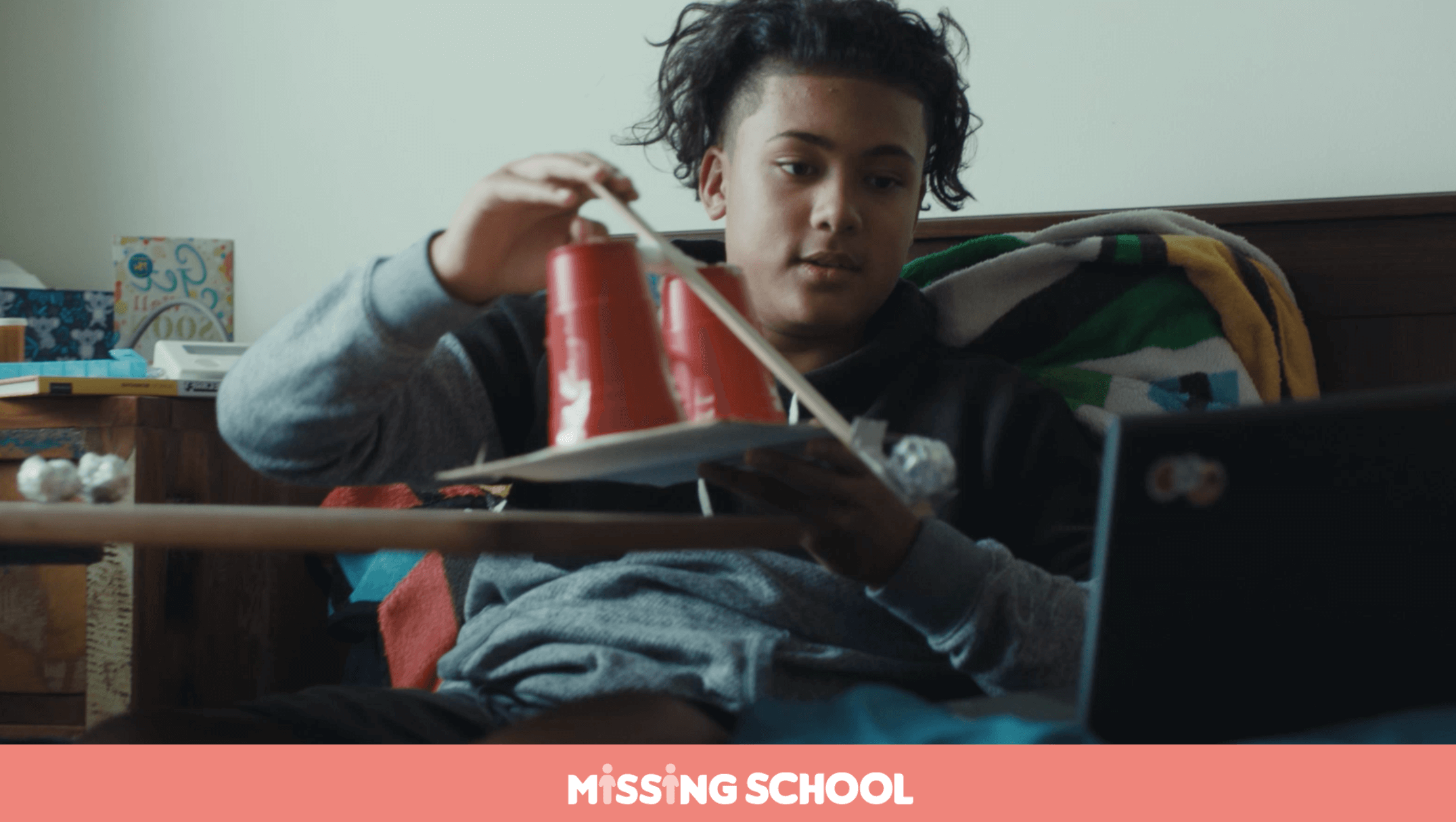Welcome to our first spring newsletter! It feels like not so long ago that the cold nights were just starting to get longer, and now we’re on the cusp of warmer days. As we embrace this season of renewal, we’d like to dive in to an important topic: the transition from primary school to high school.
“To exist is to change, to change is to mature, to mature is to go on creating oneself endlessly.”
~Henri Bergson
For most students, the transition into high school is a huge milestone. It signifies increased responsibility for their learning, greater maturity, and the introduction of new opportunities and challenges. The high school years are a period of enormous personal growth, which makes them both exciting and daunting. Consequently, this transition can pose its own set of considerations. Some of these are universal, while others are particularly pronounced for students with medical conditions.
Common Challenges
- Academic Demands. High school brings increased academic expectations – more subjects, different classrooms, longer hours, and increased homework. This shift can be overwhelming for students accustomed to a more relaxed primary school environment.
- Social Adjustment. Making new friends and fitting into a larger, more diverse high school environment can take some getting used to. Students may experience anxiety about belonging and connecting with peers, while others say goodbye to school friends from primary years.
- Time Management. Balancing multiple classes, extracurricular activities, and social commitments becomes critical. Often students struggle to find equilibrium between academic responsibilities and personal life while expectations around independence grow stronger.
However, students with medical conditions often encounter additional hurdles stemming from their illness, recovery, or long-lasting effects even if the illness has resolved. These can be exacerbated by school absence.
Additional Challenges for Students with Medical Conditions
- Anxiety Around Change. Kids with serious illness experience anxiety at higher rates than the general population, particularly during significant transitions (between home, school and hospital, and between school years and schools).
- Social Isolation. Frequent school absences can lead to isolation from peers which can impact the student’s social development, and interfere with forming and maintaining relationships and day-to-day interactions.
- Differences in Development. Illness can affect kids developmentally and this requires knowledge, understanding and appreciation of any differences and making adjustments with care, respect, and positivity.
For parents and students, selecting the most suitable school can play a pivotal role in ensuring a smooth transition. We’ve put together some things to consider, if you are in a position to choose between high schools.
What to Consider When Choosing A High School
- School Size: Consider whether a smaller or a larger school community (with related pros and cons) would best meet your child’s unique circumstances.
- Willingness and Ability to Support: Investigate the school’s experience in working with kids with medical conditions, understanding their needs, and implementing reasonable adjustments.
- Flexibility: Assess the school’s protocols, guidelines, and flexibility in supporting transitions following medical absences (i.e. what planning and arrangements do they put in place?).
- Sense of Safety: Ensure that the school provides a safe and supportive environment, whether it’s through medical safety plans, support arrangements and people, and/or strong social bonds.
Some students with ongoing medical conditions, or conditions that have resolved, may seek a “fresh start” in high school to avoid the label of “sick kid.” Acknowledging this, their ongoing health, safety, and educational needs, including necessary adjustments, need to be balanced with considerations about privacy and disclosure.
Open communication between school and family can help to ensure that the student’s preferences are taken into account while providing support in line with the Disability Standards for Education. A school liaison point, such as a Year Coordinator, Home Room Teacher, or House Head, can facilitate effective support across different classes and needs.
While it’s never a one-size-fits-all in supporting happier high school transitions, there are definitely ways to make it easier. We hope you find something in these ideas that is helpful!
Our connection with our community is vital, and your incredible support keeps us going.
There are many ways to help:
- follow along and cheer us on Facebook, Instagram, and LinkedIn
- share this newsletter with your family, friends, or colleagues so we can reach more sick kids, and
- donate towards getting a seriously sick child back into their classroom.
Every action moves us closer to the finish line: a world where every sick child is seen and heard.
Let’s keep connecting.
